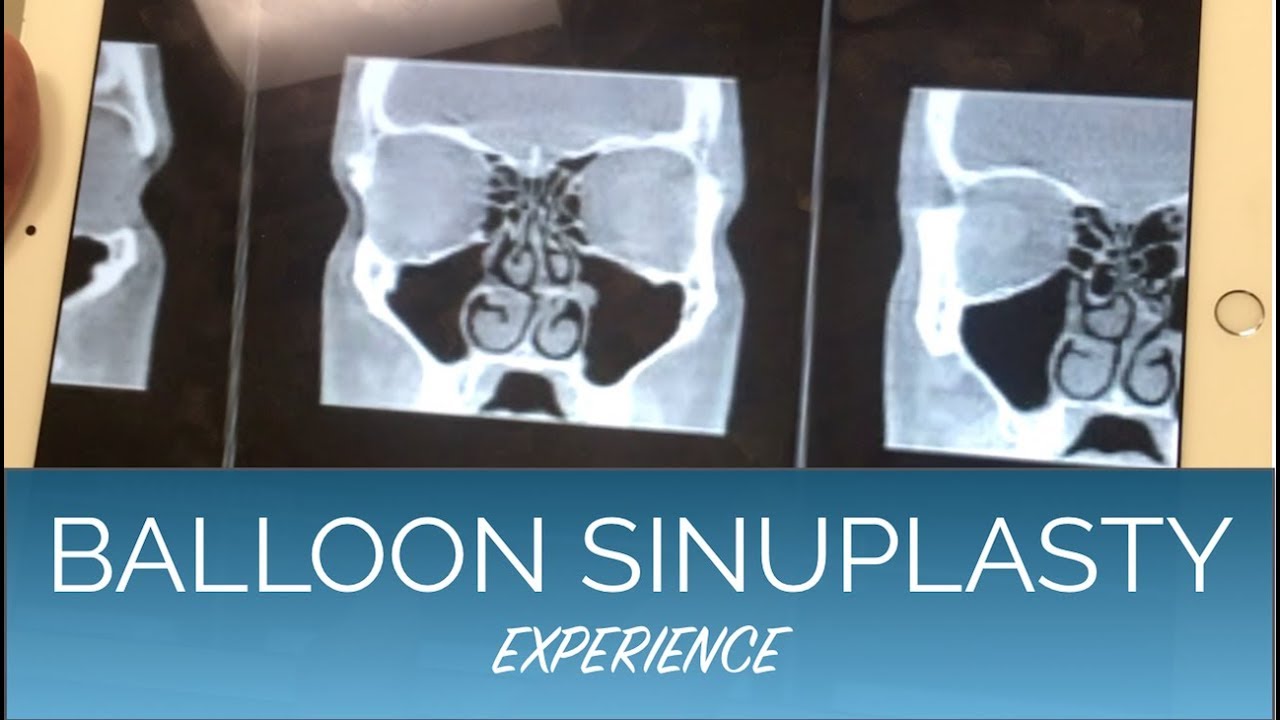
If you are considering having a genioplasty, there are some important things you need to know. There are risks involved in genioplasty. You need to be fully informed about your options. Below is a brief overview of Osseous, Sliding, and Non-Surgical Gynecologic Surgery. Know what to expect following your procedure.
Osseous genioplasty
The popular cosmetic surgery of osseous generationoplasty is for women who wish to appear younger. The procedure is performed inside the mouth, with no visible scars. It typically takes one hour. You can have it done as a standalone procedure or as part in a full facial surgery. The procedure can be done alone or combined with other types. Continue reading to learn more about osseous Genioplasty.
The osseous surgery is usually performed as part of a larger procedure like a push-back, side-to side movement or push-back. Most patients were satisfied with the results of the procedure. Patients should be free from any active dental infections prior to the surgery. These can affect the jaw's integrity. Patients should also inform their doctor about any previous orthognathic and orthodontic procedures.

Sliding genioplasty
Before performing sliding genioplasty, the doctor will review your medical history and ask you questions about your expectations. To determine your surgical options, X-rays and CT images of your jaw may be taken. Sliding genioplasty is often a safe and quick procedure. There are possible complications. These include infection, bleeding and an adverse reaction to anesthesia. These complications can be minimized if you follow the pre-operative instructions.
Before performing this procedure, your surgeon may perform a thorough cephalometric scanning and measure the length of your chin. Cephalometric measurements are used to determine whether you have transverse or overprojection. To assess your transverse dimension asymmetry, the surgeon will take standard facial photos. If you have any one of these conditions, a sliding-genioplasty could be the right option.
Nonsurgical Genioplasty
Nonsurgical genioplasty is a great option if you are looking to increase the size of your chin without having to go through a full surgical procedure. This cosmetic surgery involves removing part of the jaw bone and repositioning it forward. This difficult procedure will require the use of screws to fix the jaw. Nonsurgical genioplasty, on the other hand, is much easier to correct because the surgeon manipulates your own bone.
Nonsurgical genioplasty comes in two forms. The sliding technique involves the doctor making an incision under your chin or lower lips. Another method involves repositioning the chin bone through wires. This procedure is for people with retrogenia or a receding chin. The type of procedure used and the corrections made can affect the recovery times.

There are risks associated with genioplasty
Genioplasty, despite the many advantages, can be dangerous. There are risks such as numbness under the chin or lower lip. This may last several weeks or months, and can even become permanent. The brain can adjust to numbness. If bleeding or pain persists, patients should consult a doctor immediately.
There are many complications that can be associated with genioplasty. The most common is the temporary neurosensory disturbance (TND) of the inferior alveolar nervous. These complications can be avoided by careful preoperative counseling and informed consent. Sliding genioplasty is a procedure that moves the chin bone forward by moving it forward. If you are currently undergoing a genioplasty or have any other medical issues, it is best to skip this procedure.